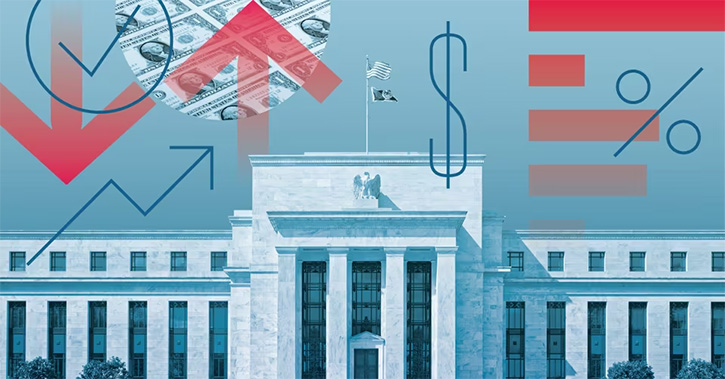The much anticipated tapering of the Federal Reserves quantitative easing programme has begun - months earlier than expected. Market commentators did not expect exiting Fed chairman Ben Bernanke to announce tapering plans in his swansong meeting, with most economists agreeing the markets should expect tapering around March 2014.
The decision to cut back on monetary stimulus by $10 billion in January has implications for the US dollar, currency markets globally and puts risk assets such as emerging market equities and debt at risk of depreciation. Bernanke first revealed the Fed had plans to taper QE in
We examine what the experts say tapering means for markets and for investors.
Andy Scott, foreign currency specialists HiFX
The dollar strengthened across the board Wednesday evening after the FOMC took the decision to reduce its monthly bond purchases by $10bn per month, though sought to soften the move by suggesting interest rates will remain lower for longer. The possibility for such a move was always there and in our view was a relatively high one given the improving economic situation taking hold in the U.S. especially with unemployment falling to 7% and the recent budget deal in congress. The recent market polling showed two thirds of economists expected them not to move this time round.
Following the announcement, the dollar gained around 0.5% against the pound and the same against the euro, though it did give up some of the gains shortly after.
Jeremy Cook, chief economist at currency brokers World First
The Federal Reserve finally believes that the US economy is starting to reach a level that it can start reducing its $85bn a month stimulus plan. Jobs markets have started to show an element of strength in recent weeks and it seems that recent policy deliveries from Congress may have been enough to push the Fed into cutting stimulus. September’s meeting gave the Fed the opportunity to chastise policymakers in the US for a lack of a deal around a budget and a debt ceiling extension. The recent moves towards a deal have eliminated fiscal issues and a diminishing of fiscal drag through 2014 should see headwinds to growth diminish.
Inflation does remain subdued in the short term however, but we suspect that the Federal Reserve will use all available communications in the coming days and months to emphasise that tapering off asset purchases is not a de facto tightening of monetary policy and that rates will remain accommodative for a long time coming. Equities are largely higher and the USD is on the back foot in the immediate aftermath.
Trevor Greetham, Fidelity Worldwide Investment
The US economy is escaping from its debt trap and Fed tapering is just another sign of recovery. A disinflationary pick up in global growth is good for stocks and our multi asset funds have a large overweight position. However, the prospect of eventual interest rate rises makes us cautious on government bonds and interest rate sensitive sectors of the stock market like Consumer Staples, Utilities and Property.
I'm not surprised Bernanke started the taper. He didn't want to leave office with the tap running on full. However it ends, this way he can say he started the mopping up process.
Jonathan Pines, manager of the Hermes Asia Ex-Japan Equity Fund
The markets of South East Asia are at expensive valuations, especially Indonesia and the Philippines, with some South East Asian nations carrying large current account deficits.
Many of these countries have benefited tremendously from falling global interest rates over the last decade – both in terms of a sharply lower risk free rate being applied to discount their equity markets, but also because lower interest rate have facilitated cheap access to credit by formerly deprived consumers in these countries.
It is therefore logical that these markets will be hardest hit when investors start to foresee a time when interest rates will start to rise more meaningfully.
Pines used the decline on tapering fears in the third quarter to buy Indian stocks he considered to be overly penalised by the market, though he says other South East Asian markets remain too expensive for bargain hunting.
While we avoided Indonesia, we took advantage of the declines in India and now no longer have an underweight to the country.
We took a position in the country’s large natural gas transmission company Gail India, which is trading at trough valuations. We believe gas usage is going to increase in the country over the long term and the company is well positioned. There are some short-term obstacles, but over a five-year horizon it looks compelling.



























